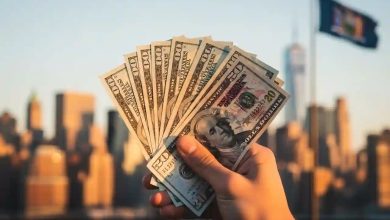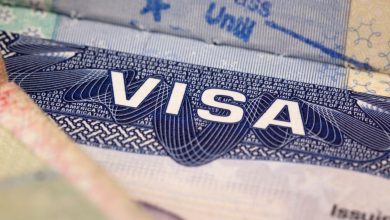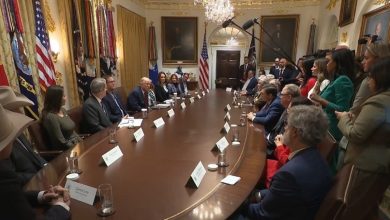Inside the Canal Street Crackdown: Federal Raids Revive Debate Over Counterfeit Trade and Immigration Enforcement
A sweeping ICE operation in Manhattan’s Chinatown reignites controversy over counterfeit goods, migrant street vendors, and the long-standing underground economy shaping New York City’s cultural identity.
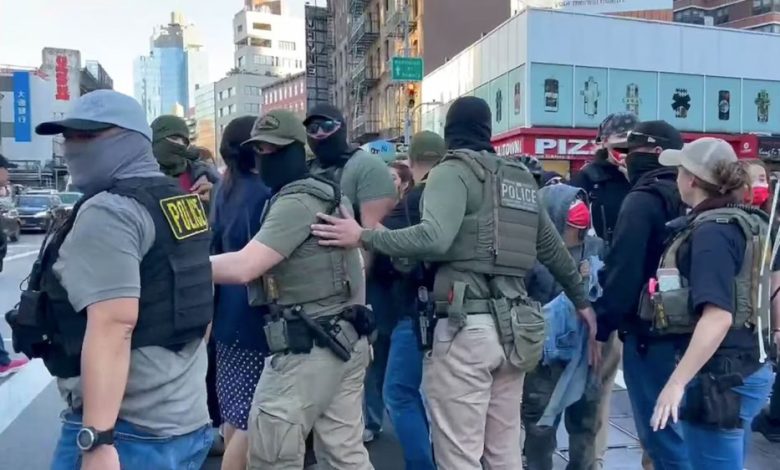
The recent federal operation on Canal Street in Manhattan’s Chinatown, targeting vendors of counterfeit luxury goods, has reignited a complex public debate about the city’s long-standing underground economy. Conducted by U.S. Immigration and Customs Enforcement (ICE), the raid focused on sellers of fake designer merchandise and led to multiple arrests, once again raising questions about how to tackle a trade that has survived for centuries.
A Century-Old Marketplace
Selling counterfeit goods on Canal Street is far from a new phenomenon—it’s woven into the city’s street-life history dating back to the 18th century. At that time, New Yorkers purchased imitation Chinese porcelain and painted wares that were actually produced in Europe and America. Today, the scene remains similar: street vendors display fake Louis Vuitton handbags, replica Rolex watches, and knockoff Gucci sunglasses.
Despite numerous crackdowns by successive mayors—from Rudy Giuliani onward—the counterfeit market continues to thrive, adapting to every new wave of enforcement and urban change.
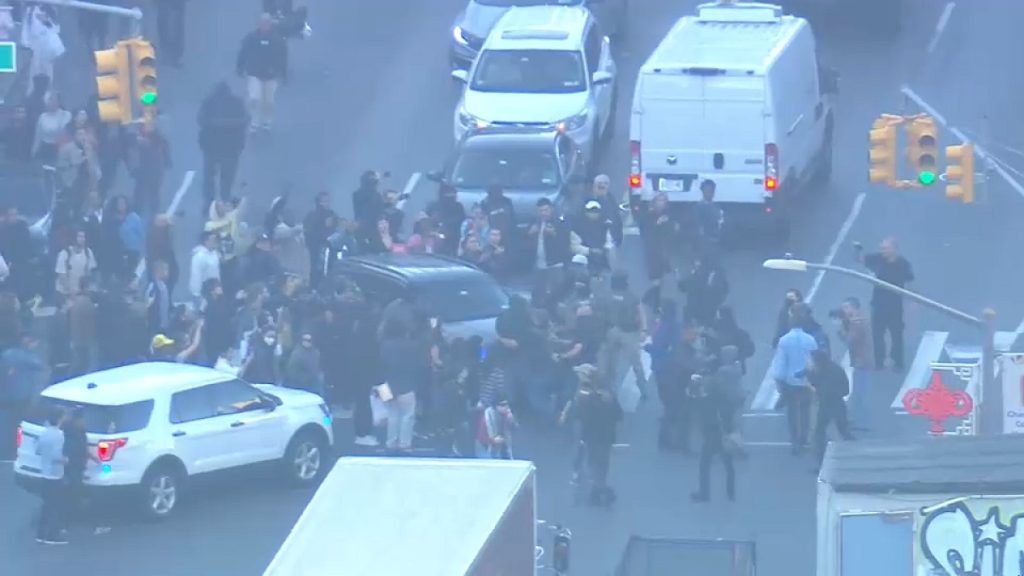
Shifting Faces of the Street Economy
Historian Jack Chen of Rutgers University notes that Chinatown represents “a continuation of New York’s long tradition of open-air markets,” much like the historic Washington Market that once stood in Tribeca. Over time, the demographic makeup of Canal Street’s vendors has evolved. While many were traditionally of Asian descent, there has been a noticeable rise in African men selling counterfeit goods since 2022, coinciding with the city’s recent influx of migrants.
The Private Investigators’ War on Fakes
Private investigators have long played a role in this ongoing struggle against counterfeiting. Rob Holmes, whose father worked for luxury brands to organize raids on counterfeit dealers, now continues the family business. Once focused on fake watches, his investigations now include counterfeit sneakers and designer shirts.
Holmes highlights a major logistical shift: “In the past, fake goods arrived in shipping containers. Now, vendors buy them wholesale from online platforms and have them delivered directly to their doors.” Despite coordinated efforts by corporations, private investigators, local police, and federal agencies, Canal Street remains an undeniable hub for the counterfeit trade.
Federal Justifications and Local Backlash
Following the recent ICE operation, the Department of Homeland Security (DHS) issued a statement describing the arrested individuals as “dangerous,” citing prior convictions for robbery, domestic violence, drug trafficking, counterfeiting, and assaulting law enforcement officers. Photos of nine detained men were released, four of whom had previous counterfeiting charges.
The operation was launched shortly after a viral social media post by a conservative group contributor showed what he described as “a large group of illegal African migrants running a black market on Canal Street.”
However, legal experts argue that federal agencies often use counterfeit enforcement as a pretext to conduct broader immigration actions, disproportionately targeting low-level street vendors. Attorney Stacey Van Malden, who has handled counterfeiting cases, contends that “if the real goal is to stop counterfeiting, enforcement should focus on disrupting imports—where the supply chain begins—not punishing sellers on the street.”
Indeed, within days of the raid, at least one vendor was back on Canal Street, selling handbags out of a large bag—proof of the market’s resilience.
Public Reactions: Divided Streets
Public responses to the crackdown have been mixed. Tourists like Steven Pedro from Dallas, who once bought knockoff goods for their affordability and quality, expressed relief at the temporarily quieter streets and fewer aggressive sales pitches.
Conversely, City Council Member Shekar Krishnan urged leniency toward street vendors, describing them as “small entrepreneurs and a vital part of the city’s historical and cultural fabric.”
Yet, for legitimate business owners, the issue remains deeply frustrating. Kenneth Ma, owner of Chinatown Optical—a shop that sells authentic luxury eyewear—laments the negative image counterfeiting casts on the neighborhood. “I want Chinatown to be known for its real services and rich culture,” he said, “not as the counterfeit capital of New York.”
While Ma welcomes cleaner streets, he favors local community-led solutions over federal raids, recognizing the deep-seated tensions and frustrations that have built up over time.
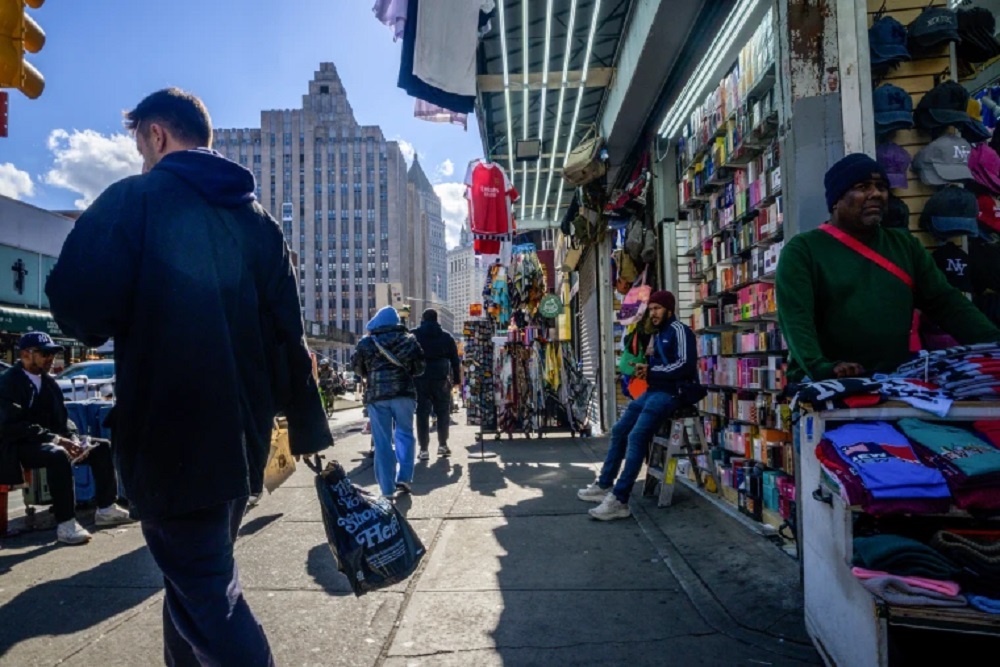
The Canal Street Paradox
For many, Canal Street embodies the paradox of New York itself—a city of opportunity, reinvention, and endless hustle, but also of blurred lines between legality and survival. As federal agencies and local communities clash over enforcement, the counterfeit market endures, reflecting not just the demand for cheap luxury, but also the human stories of migration, adaptation, and resilience that define the city’s beating heart.
